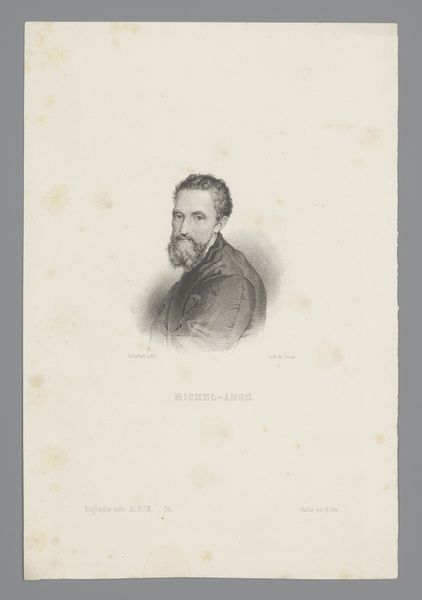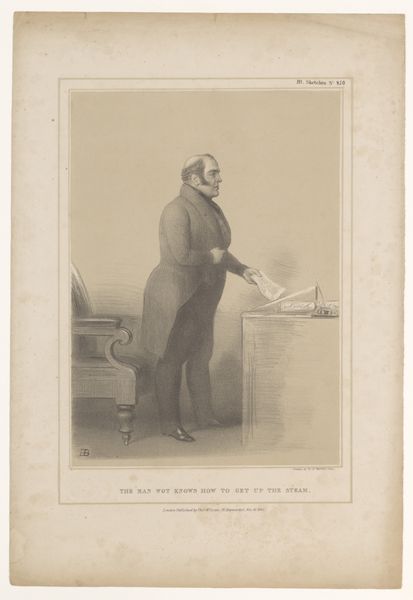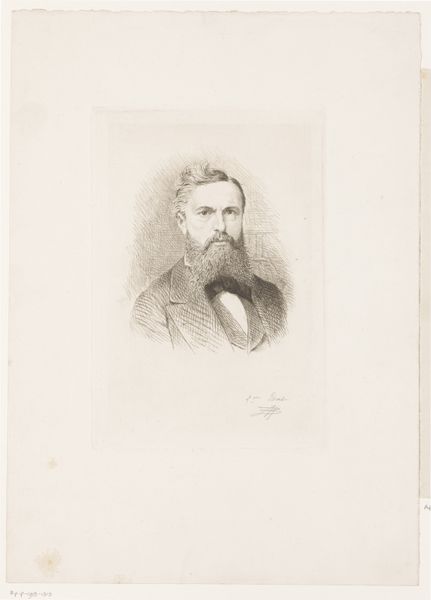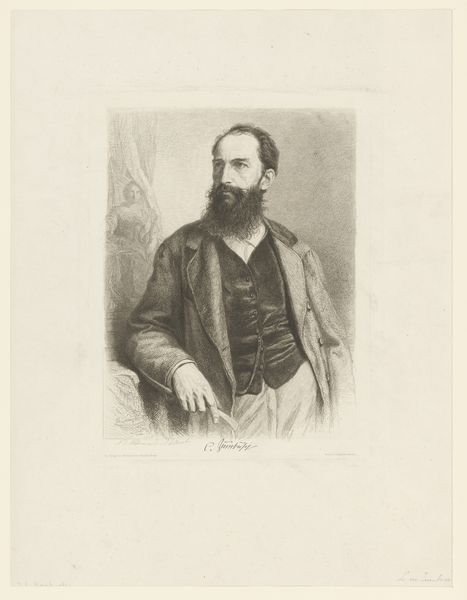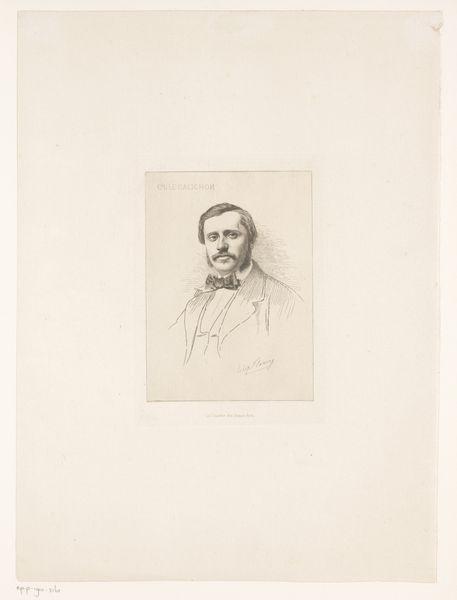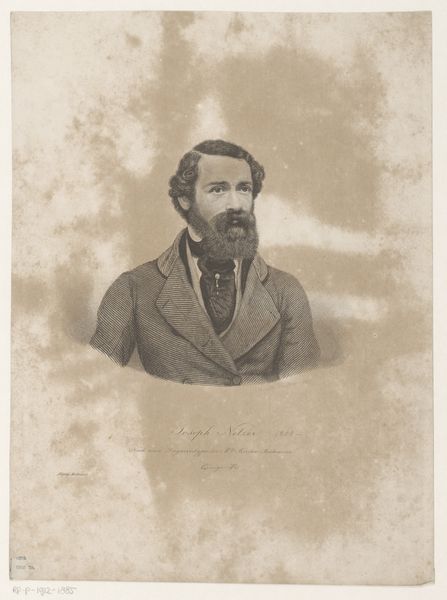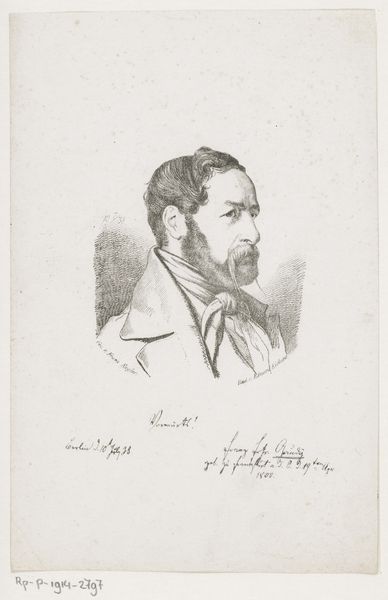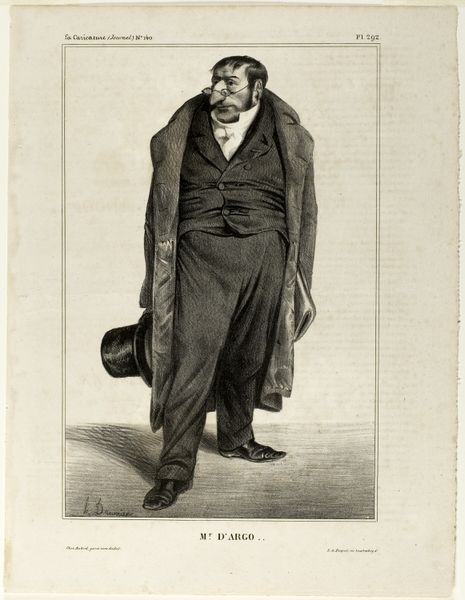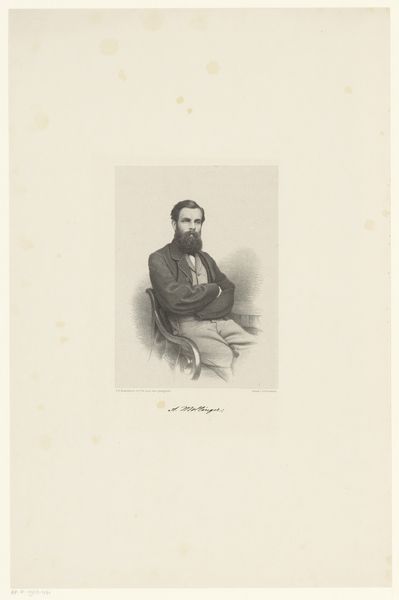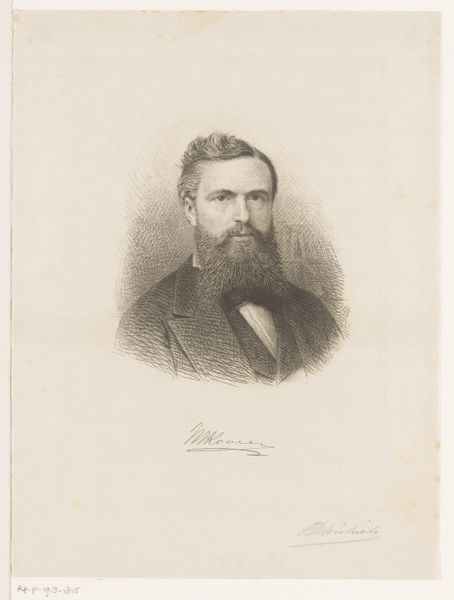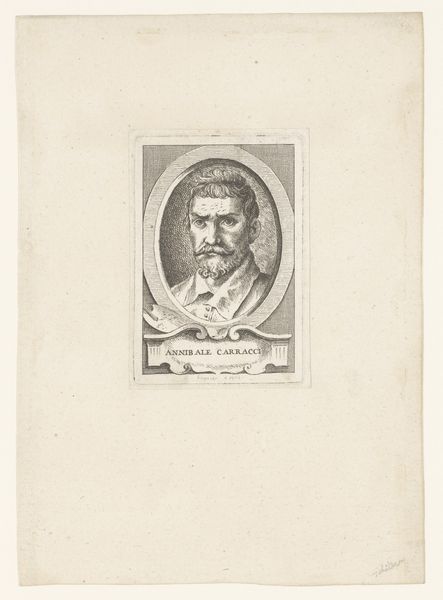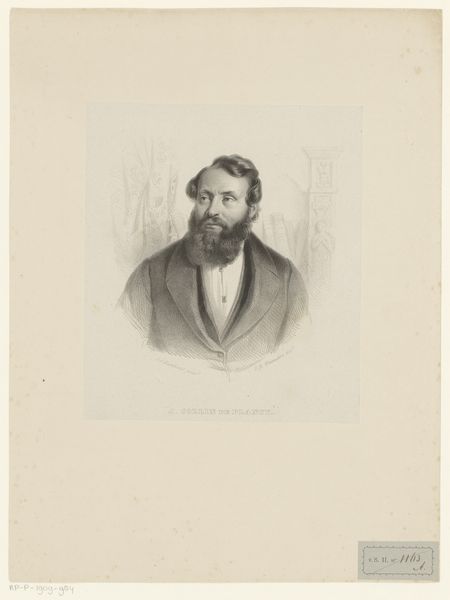
graphic-art, print, wood-engraving, engraving
#
portrait
#
graphic-art
# print
#
united-states
#
wood-engraving
#
engraving
#
realism
Dimensions: 7 3/16 x 15 15/16 in. (18.3 x 40.5 cm)
Copyright: Public Domain
Curator: Winslow Homer's "Hon. John F. Potter of Wisconsin," created in 1859, is an intriguing example of graphic art housed here at the Minneapolis Institute of Art. It’s a wood engraving printed within the pages of Ballou’s Pictorial. Editor: It’s stark, isn't it? The density of line work almost suffocates the figure. It makes you consider how newspapers communicated portraiture at that time. Curator: The formal construction is quite rigorous. The figure is carefully balanced within the rectangular frame of the publication. Notice the intricate network of lines used to model the form—it suggests a deep understanding of chiaroscuro, or the treatment of light and shade. The artist masterfully used shadow to add depth and dimension to what is a fundamentally two-dimensional medium. Editor: I am immediately drawn to how the portrait is integrated with the broader page layout; you can almost imagine the printer's labor in carving the wooden block—considering the sheer skill and precision needed, the process reveals much about the material conditions and capabilities of print production during the mid-19th century. Curator: Consider the composition. Homer has positioned Potter slightly off-center, which prevents the portrait from feeling static. Potter's gaze is direct, commanding—it certainly creates a psychological point of contact with the viewer. It's a pose deliberately designed to convey authority and strength, mirroring the values projected by the subject and, consequently, the publication. Editor: Beyond just image, it reflects print’s critical role in forming and circulating notions of celebrity, political power, and also historical narratives. Ballou’s Pictorial obviously wasn't trying to reach just the elite, and a portrait like this would communicate both the substance and symbols of governance across broader demographics. Curator: Precisely, we shouldn't overlook that engravings like this helped to construct the public image of figures such as Potter, shaping his perception in the collective consciousness of the time. Editor: Indeed. Analyzing this, the woodcut seems both simple and powerful—a perfect case study of production's impact on meaning, at a particularly unique point in the technology's history. Curator: Well, studying how this piece combines technical virtuosity with carefully controlled iconography certainly reminds us how crucial graphic arts are for transmitting cultural narratives. Editor: Absolutely; this intersection of skill, materiality, and reach, I think, makes it a really unique object.
Comments
No comments
Be the first to comment and join the conversation on the ultimate creative platform.
